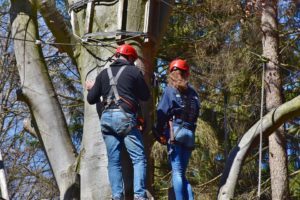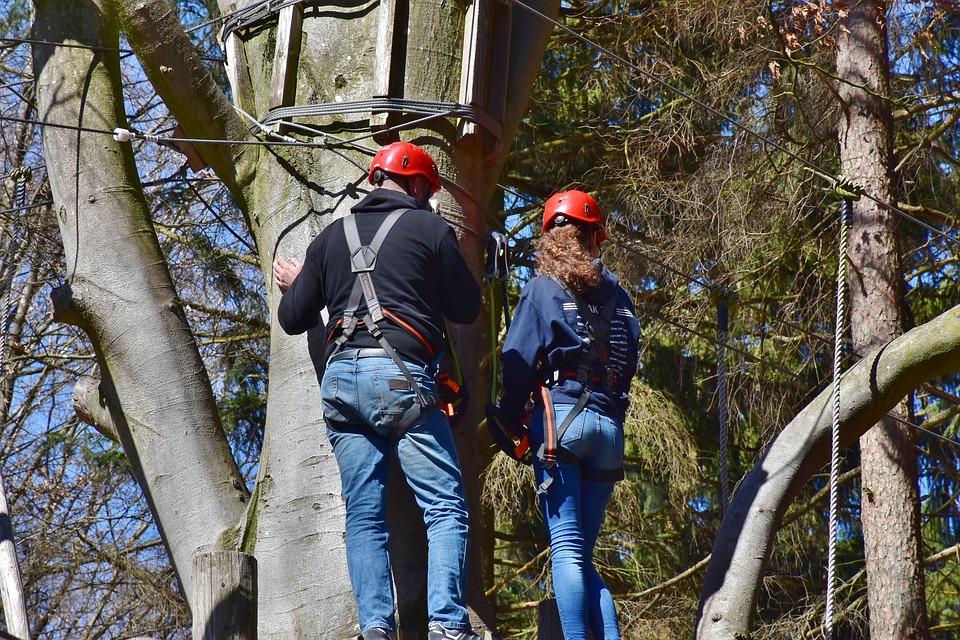The general idea of lineman fall protection is not entirely popular in the early years. Many employers and lineworkers do not pay grave attention to this matter. Although, there are verbal warnings and simple signs on-site to fully regulate safety and protection.
The reason behind is that employers think that safety is not really a matter to consider. And many lineworkers think that safety lineman tools and equipment would only make them slow while working.
But as years passed by, the number of casualties and injuries due to falling significantly increased. As a result, the OSHA or Occupational Health and Safety Act was established in 1970. And due to the establishment of the act, safety and fall protection became a priority.
Lineman Fall Protection in The Early 1970 and 1980

Lanyards and body belts were introduced during these years. And for lineworkers, these are pretty decent to protect them from performing tasks at height. But, most of them noticed that tying and untying strings take too much time. And this is a real inconvenience on their end. Moreover, many supervisors and journeyman saw how this process lengthen the overall time of a certain task. Nevertheless, the number of accidents decreased.
1990: Evolution of Safety Belts
By the year 1990, people from different parts of OSHA developed the original safety belts. Accordingly, they were able to put up new equipment that is much more efficient, convenient, and effective. This equipment is the safety harness.
During these years, lineworkers, both journeymen and apprentices are widely utilizing the harnesses. And since the tying and untying process is already omitted, the tasks have become more convenient to accomplish.
Also, safety from falling is not the only thing that safety harnesses provide. It also caters safety and protection from back injuries such as spinal and organ damages.
And just to add, if you are looking for a great accessory for your harness, you may want to check the new XSHIELD High-Visibility Safety Vest Review. It features the latest safety vest from XSHIELD that most lineworkers aim to have today.
Fall Protection Standards Today
The primary Fall Protection Standards were first introduced in the late 1990s. But while these standards are all effective and efficient, there are still a high number of accidents and incidents on a lineworker’s site. Hence, OSHA has decided to amend the current standards a few years after.
Today, we are still following the 2011 Fall Protection Standards. And this apparently includes the revised personal fall arrest systems. And these systems explicitly denotes the 6-feet maximum fall distance, 3.5-feet maximum deceleration distance, and twice the energy impact to withstand the 6-feet falling range.
Alongside these revisions, other safety regulations for working at heights still continue to evolve and improve.
Many manufacturers and safety companies never stop seeking ways to provide products that cater to safety and security. So, if you are planning to be an apprentice or journeyman, it is important that you really take time to consider the safety and security regulations of a task.
And if you want to know more about the lineman fall protection systems, this video can help you out:




